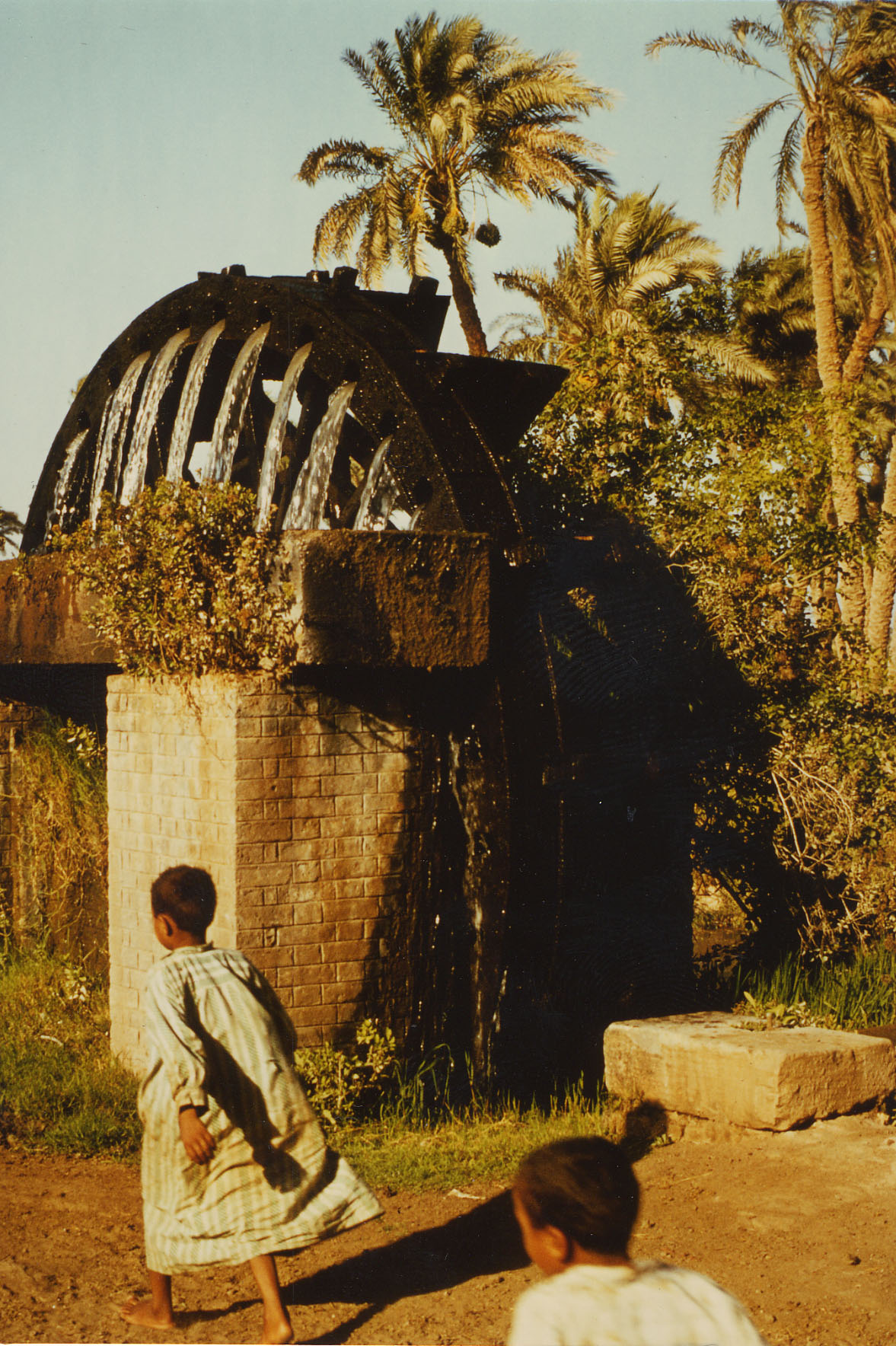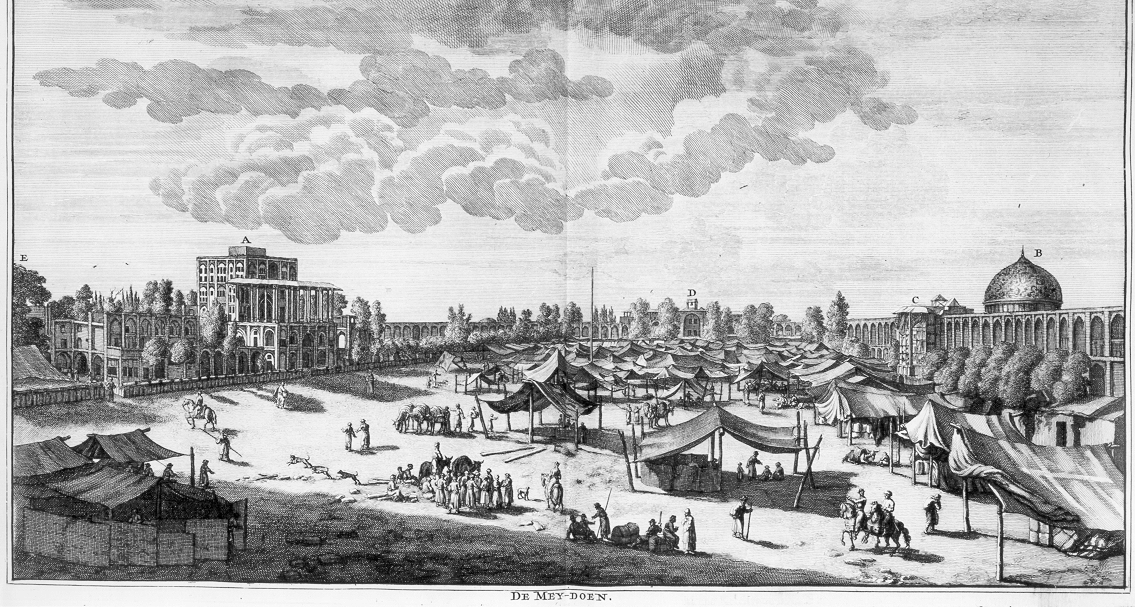 |
History 131
History of the Islamic
Middle East, 1500 to
the Present
Weekly Lecture Rudi Matthee
Fall 2005
Ewing 203
Tu 6:00-9:00
223 Munroe Hall
Office Hrs: Tu Th: 1-2
matthee@udel.edu
Phone: 732-494-7598
|
For printable syllabus in Word Format.
History of the Islamic Middle East, 1500 to the Present
This course will consider the political, social, economic, and cultural history of the Middle East from the rise of the Safavid state in Iran and the Ottoman Empire in West Asia and North Africa in the 15th and 16th centuries until the present. Special attention will be paid to the political and economic effects of the Western intrusion in the region beginning with a commercial presence in the 17th century and culminating in the age of colonialism and imperialism in the 19th. In addition, we will explore how the breakup of the Ottoman Empire after World War I led to the formation of national states from societies that traditionally were based on kinship and personal loyalty. We will next examine and compare the political, ideological and socioeconomic trajectories of a number of these states, most notably Egypt , Lebanon , Iraq , and Iran , through the twentieth century. The final three weeks will be devoted to the rise of Islamic fundamentalism, its origins and its consequences, and to the role of women in modern Islamic society. Lectures, discussion, reading of historical material, and use of documentary. Midterm, final and 12-page paper.
Required Readings
Malise Ruthven, A Very short Introduction to Islam . Oxford : Oxford University Press, 1997.
William L. Cleveland, A History of the Modern Middle East . Boulder, CO: Westview, 2 nd edn, 2000.
Fouad Ajami, The Dream Palace of the Arabs . New York: Random House, 1998.
Course Requirements :
1) Papers for Discussion : Each student will write two essays over the course of the semester analyzing the assigned readings for a given week. These papers are intended as interpretive “think pieces,” and should be 4-5 pages long. The first one will be assigned on Sept. 27; the second on Oct. 20. These will fulfill the “midterm” requirement.
2) Final Examination : There will be a two-hour in-class final exam as scheduled for this course. The final will cover the material presented during the entire semester, though the emphasis will be on the twentieth century.
3) Research paper : A 12 page term paper, based on a historical topic of your own choice but relevant to the period after 1500, approved by Prof. Rudi Matthee, is due on or before Nov. 29. You should have a one-page outline of the proposed topic ready by Nov. 1 to present for approval.
4) Class participation : Students are urged to attend all class meetings, are expected to have completed the assigned readings before class, and must be prepared to contribute to discussions of the assigned readings and the material presented in class.
All work must be done on time; no incompletes are given except in cases of major disaster.
Grades in the course will be based on the following:
1. Midterm examination (20%)
2. Final examination (30%)
3. Term paper (40%)
4. Class attendance
and participation (10%)
Research Tools:
The Oxford Encyclopedia of the Modern Islamic World . 4 vols. 1995.
The Encyclopaedia of Islam , 1960-2005.
The Encyclopaedia Iranica (up to the letter H)

Lecture Schedule
Week One and Two (Aug. 30-Sept. 6):
Lecture Topic: Introduction: Geography, Rise and Expansion of Islam
Reading: Cleveland, Modern Middle East, pp. 1-19.
Ruthven, A Very Short Introduction to Islam
Week Three (Sept. 13):
Lecture Topic: Development of Islamic Civilization; Society, Politics and Economy of the Ottoman and Safavid States
Documentary: “The Ottoman Empire.”
Reading: Cleveland, Modern Middle East, pp. 20-58.
Week Four (Sept. 20):
Lecture Topic: The Intrusion of the West; Reform in the Ottoman Empire and Egypt, 1789-1882
Reading: Cleveland, Modern Middle East, pp. 59-101.
Week Five (Sept. 27 ):
Lecture Topic: Young Turks, Arab Nationalists and Iranian Constitutionalists
Reading: Cleveland, Modern Middle East, pp. 102-145.
Week Six (Oct. 4 ):
Lecture Topic: The Aftermath of World War One: The End of the Ottoman Order
Reading: Cleveland, Modern Middle East , pp. 146-167.
Week Seven (Oct. 11 ):
Lecture Topic: Authoritarian Reform in Turkey and Iran
Reading: Cleveland, Modern Middle East, pp. 168-211.
Week Eight (Oct. 18 ):
Lecture Topic: The Arab Struggle for Independence: Egypt, Iraq. The Palestine Mandate and the Birth of the State of Israel
Reading: Cleveland, Modern Middle East, pp. 212-264.
Week Nine (Oct. 25 ):
No Lecture
Documentary: Documentary: “Palestine: Story of a Land,” Part 1
Week Ten (Nov. 1 ):
Lecture Topic: Democracy and Authoritarianism: Turkey and Iran;
The Radicalization of Arab Politics: Arab Nationalism in the 1950s and 1960s
Documentary: “The Shah,”
Reading: Cleveland, Modern Middle East , pp. 265-335.
Ajami, Dream Palace, 1 st half.
Week Eleven (Nov. 8 ):
Lecture topic: Israelis, Palestinians and Arabs, 1948-82
Documentary: “Palestine: Story of a Land,” Part 2.
Reading: Cleveland, Modern Middle East , pp. 336-409.
Ajami, Dream Palace , 2nd half.
Week Twelve (Nov. 15 ):
Lecture Topic: The Iranian Revolution and the Resurgence of Islam
Documentary: “The Ayatollah Khomeini.”
Reading: Cleveland, Modern Middle East : pp. 410-435.
Week Thirteen (Nov. 22 ):
Lecture Topic: A Time of Disorder, Stagnation, and Frustration: 1987-2004
Documentary: “Inside the Terror Network.”
Reading: Cleveland, Modern Middle East, pp. 436-525.
Hoffmann, “Why They Don't Like Us” (reserve).
Galbraith, “Iraq: Bush's Islamic Republic.”
Week Thirteen (Nov. 29):
Lecture Topic: Selected Topics: Women, Challenges of the Future
Documentary: “A Veiled Revolution.”

